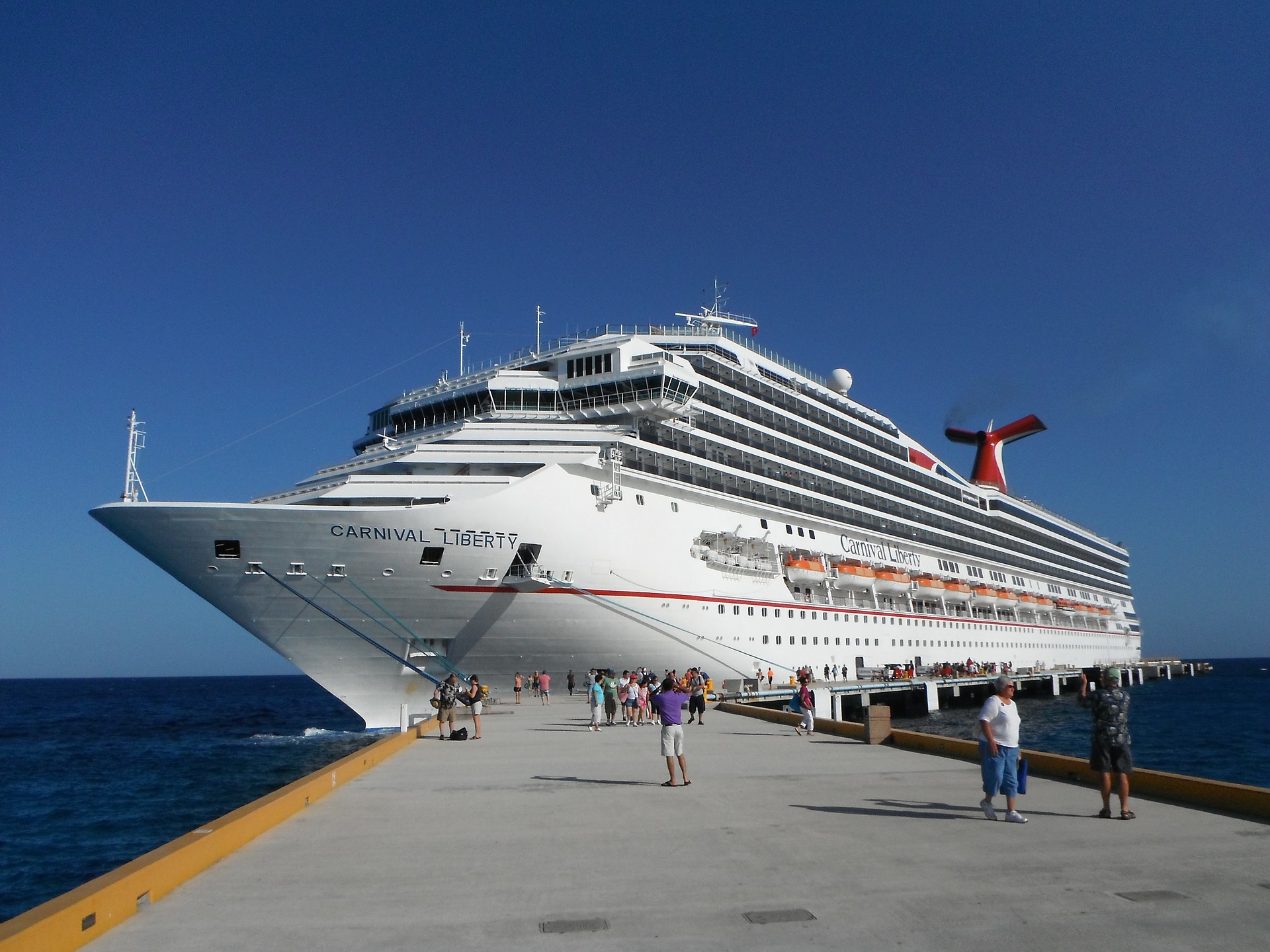For as long as there have been oceans, there have been people traveling on them. As this travel grew more sophisticated, the ships used for it grew more complex as well. Wood was replaced by ever-improving alloys of steel, filling countless roles in the ship’s structure and function. Just as it has in other areas of our daily lives, steel has revolutionized shipping.

It truly is amazing to see the evolution in ship construction and how the move from natural materials to manufactured ones has improved the ability of marine vessels to transport people, goods, and commodities over incredible distances with a minimum of breakdowns and accidents with a maximum of durability. It has done so through three main areas.
Improved Rigging
The earliest rigging aboard ships was used for the sails and was made of natural fibers. Standing rigging–the components that didn’t move–was also coated with tar to increase durability. Running rigging was a simply bare rope, vulnerable to friction, weather, and the whims of natural fibers. It was unreliable but also had no substitutes.
The results were not surprising. Few journeys of any length went without at least a few broken ropes, which were quickly lashed together by brave mates climbing masts or shimmying down other pieces of rigging. In some cases, those repairs weren’t enough, taking the ship off course–or sinking it.
Of course, today’s vessels don’t travel with wind power, but there are countless pieces of rigging still aboard for securing cargo, tying off at the dock, and other critical functions. Making these connections with steel cable using steel toggle pins has resulted in far fewer failures that have saved lives, preserved cargo, and kept trips on schedule.
Higher Safety Levels
It’s more than just holding things in place that steel is doing on ships. Today’s vessels are powered by massive engines that link to huge drive shafts that twist propellers to move the ship through the water. With steel, this entire process is more reliable. The safety in this area comes not so much from the ability to keep the ship underway as from the reduced risk of injuries to her crew in the event that some of this linkage fails under the massive torque of the engines.
Of course, it isn’t just threats from within that steel mitigates. The traditional dangers of rocks, other vessels, and (yes) icebergs remain present on every waterway. A stronger hull–generations ahead of the wood used by our forefathers–ensures that these projectiles and barriers will not breach the hull and let the ship take on water.
Stronger Structure
A strong hull can help prevent leaks, but it is just one part of the ship’s overall integrity. The actual framework of the ship is stronger with steel, ensuring that the vessel won’t twist and contort to allow water to invade in the case of a collision.
And ships carry a phenomenal amount of weight, which could have warped or cracked wooden structural members. Steel tolerates incredibly high loads along with the constant loading and unloading of the hold. Properly maintained and monitored, it will not rust, placing it far ahead of rot-ready wood.
While the need for oceangoing transport is higher than ever, the way we make it happen is very different from how our ancestors did it. Everything from navigation to the composition of the freight is very different, and the ship itself is no exception. With wooden vessels now confined to the history books or to quaint private sailing craft, steel is and remains the key material in maritime applications.
